Supporting the Regional Agri-Food ecosystem by Leveraging EU Programmes
Summary: The Wagralim Competitiveness Cluster has established itself as a key-stone actor within Wallonia’s innovation ecosystem. The cluster is actively used by public authorities to facilitate regional industrial transition. In close collaboration with the region’s five other pôles de compétitivité, Wagralim actively contributes to the design and implementation of Wallonia’s regional innovation strategies (notably the S3) and regularly initiates innovation projects with a particular focus on circular economy and digitalisation. One particular feature of Wagralim’s numerous activities is its strategic focus on cascade funding opportunities, allowing the cluster to bring public funding at the European level back to the regional level where member companies can test specific innovations and attract private investment.
The Wallonia Region
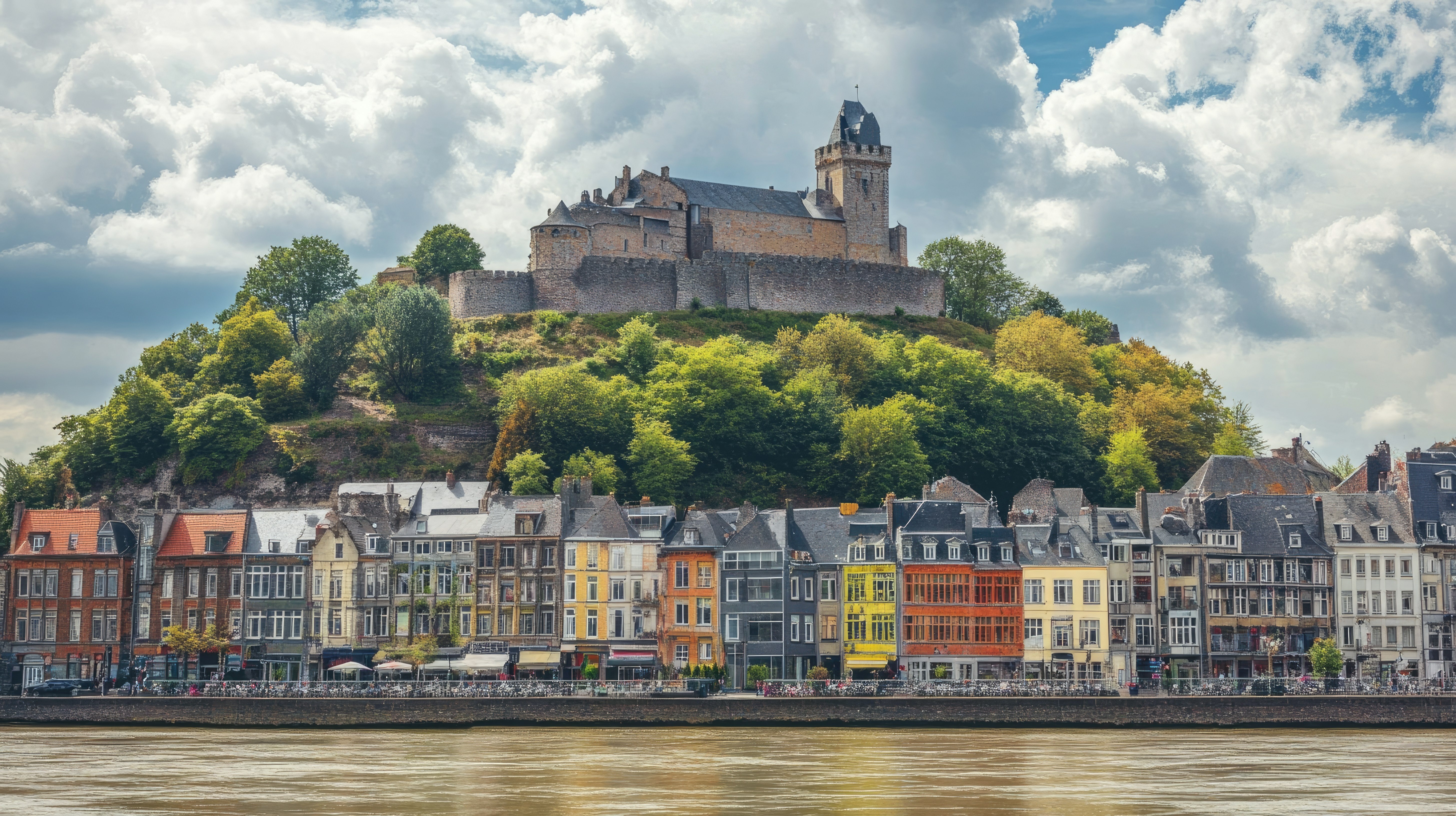
The region of Wallonia, located in Southern Belgium, plays a pivotal role in the country’s economic framework. Bordered by France to the south and sharing boundaries with Flanders and the Brussels-Capital Region, Wallonia, with a population of approximately 3.7 million people, holds a strategic geographic position that strengthens its economic ties within Europe. The region hosts over 240,000 companies, five universities, numerous leading public and private research centres, including institutions associated with the National Fund for Scientific Research (FNRS), and several business incubators, accelerators, and innovation hubs.[1]
Wallonia is categorised as a Strong Innovator, according to the EU Regional Innovation Scoreboard 2023 (RIS 2023) Regional profiles Belgium. Innovation performance has increased over time (13.9%). The 2023 scoreboard further highlights strong collaboration between academia and industry, along with the critical role of innovation-driven enterprises in Wallonia's economic landscape.
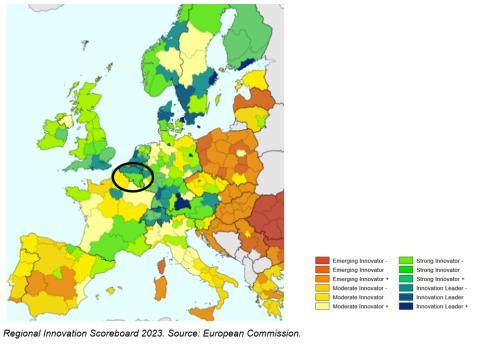
[1] A concise socio-economic overview of the Walloon Region is available at: https://www.clustercollaboration.eu/knowledge-sharing/publications/docu….
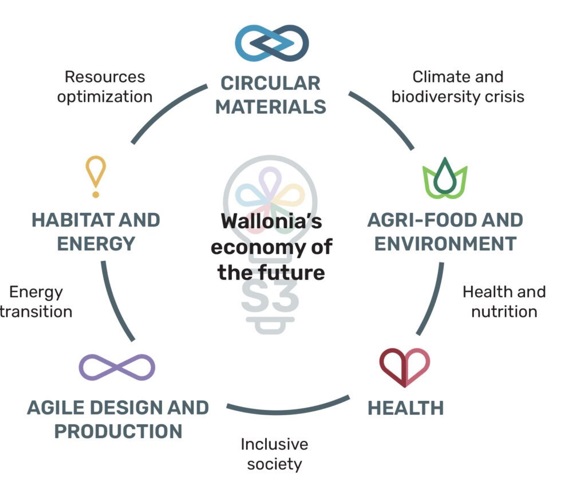
Wallonia’s strategic objectives are derived from the region’s most recent political programme Regional Policy Declaration (2024-2029) and are discussed in detail in Wallonia’s Smart Specialisation Strategy (S3) 2021-2027. This strategy is closely related to other regional strategies, notably the Circular Wallonia strategy, and the Digital Wallonia strategy, which aims to support public and private digitalisation.
The Wallonia region’s Smart Specialisation Strategy (S3) 2021-2027 is the second generation of S3. It uses a mission-oriented approach to adapt to industrial transitions and respond to six major societal challenges:
- Optimising resources
- The energy transition
- The climate and biodiversity crisis
- Health and healthy food for all
- An inclusive society
- A Walloon economy of the future
The new S3 strategy focuses on addressing these societal challenges through the below five more concrete strategic innovation domains (DIS), which are more detailed and identify the specific innovative skills and activities required to address the societal challenges, but broad enough to unite a large number of actors across sectors, technologies, disciplines and stakeholders.
Multidisciplinary, multi-technological, multi-actor and multi-annual roadmaps were created for each DIS to set out their visions and ambitions. These roadmaps include an international and European dimension to identify programmes and calls from other funding bodies. Wallonia plans to use the visions presented through the DISs to guide at least 75% of its RDI funding over a seven-year period, representing €2.7 billion.
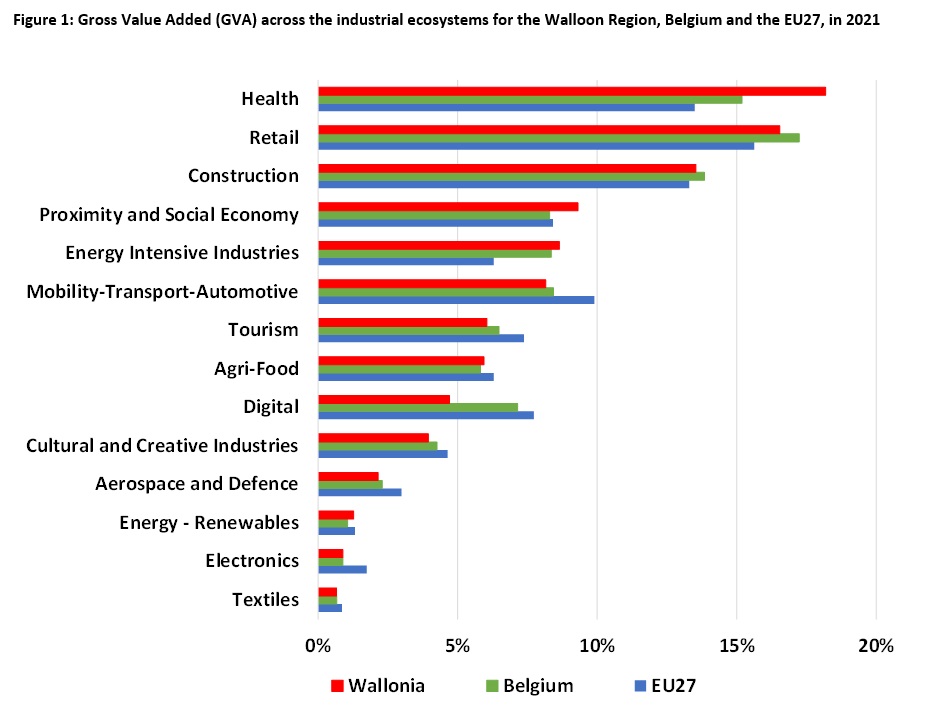
The regional economy of the Walloon region encompasses a wide range of industrial ecosystems. According to the most recent data for 2021, the health ecosystem represents the largest gross value added (GVA), accounting for more than 18% of total GVA in the region, higher than both the national and EU27 averages,[1] followed by retail (<16%) and construction (<14%) (see figure above).
[1] See https://www.clustercollaboration.eu/knowledge-sharing/publications/document-library/input-paper-clusters-meet-regions-event-charleroi-driving-regional-economic
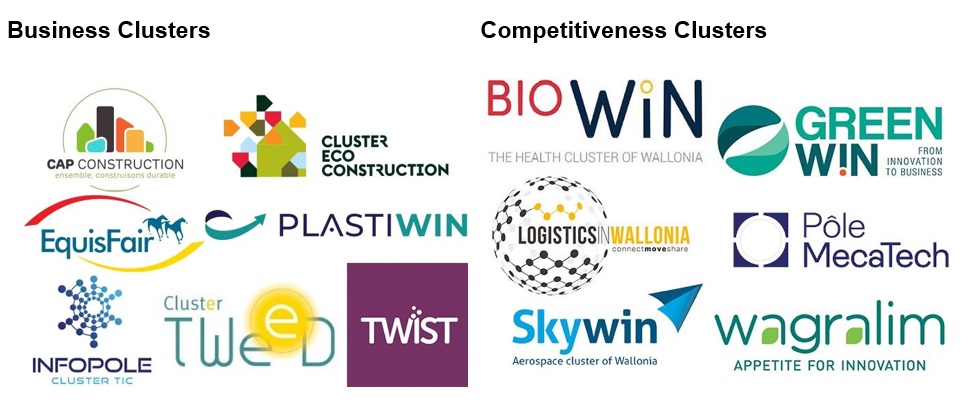
Wallonia’s current cluster policy dates back to the early 2000 and a 2006 economic plan –known as the “Marshall Plan” – with a clear focus on supporting traditional industry sectors to fostering innovation through regional technology clusters. Since then, Wallonia’s cluster policy has evolved, featuring a stronger focus on cross-sectoral collaboration, in line with the development of regional innovation strategies as well as similar initiatives across Europe.
The region’s cluster policy is based on two pillars: business clusters and competitiveness clusters (“pôles de compétitivité”). Where the former are financed to develop economic activities and promote innovative partnerships, whether of an industrial, commercial or technological nature, the competitiveness clusters are mainly supported for the realisation of investment, Research, Development and Innovation (R&D&I) projects or innovative training projects in line with the competitive positioning strategy that they have defined within their economic sectors.
Both the business and competitiveness clusters have been strongly involved in the design and implementation of the region’s innovation strategies, in particular, the new S3 and Circular Wallonia. The clusters are particularly involved in coordination work where their role is to establish the link between regional priorities, regional support mechanisms and local needs.
Business Clusters
Wallonia’s business clusters were launched in 2001 and their main goal is to support the economic development and networking of SMEs within their respective ecosystems. They are bottom-up initiatives by companies with the participation of academic institutions, research centres and training centres. The Walloon region financially supports the operational units of the business clusters on a three-year basis with up to €160,000 per year, as well as co-operation projects.
Wallonia’s business cluster policy is governed by a Cluster Décret in force since July 1, 2007. This decree provides supervision by an Examination Committee and a Monitoring and Support Committee. The business clusters, as well as the clustering policy itself, are subject to an independent triennial evaluation.
The below sectors of activity are currently organised into business clusters:
- Renewable energies (Tweed cluster)
- Water sector (Cluster H2O)
- Sustainable management of buildings (clusters Cap 2020 and eco-construction)
- Equestrian sector (EquisFair cluster)
- Photons technology and light components (Infopole TIC cluster)
- Plastic products (Plastiwin cluster)
Telecommunications, information technologies and communications (clusters Twist and Infopole TIC)
Competitiveness Clusters (Pôles de Compétitivitét)
Walloon competitiveness clusters were created in 2006 as part of Wallonia’s back then “Marshall Plan” at the initiative of the Minister of the Economy with the three main objectives innovation, collaboration and internationalisation. They include:
- Biowin – focused on health and red biotechnologies
- Greenwin – dedicated to green chemistry and sustainable technologies
- Logistics in Wallonia – supporting logistics and transport innovation
- MecaTech – focused on mechanical engineering and advanced materials
- Skywin – fostering aerospace innovation
- Wagralim – targeting innovation in the agri-food system
The government left the organisation and management of the competitiveness clusters to the private sector but it holds an observatory role in each cluster’s governance board, thereby verifying that the clusters’ activities and strategies are aligned with those of the region. The region provides basic funding as well as expertise and assistance in setting up projects through its administration Public Service of Wallonia (SPW) and the Walloon Export and Foreign Investment Agency (AWEX).
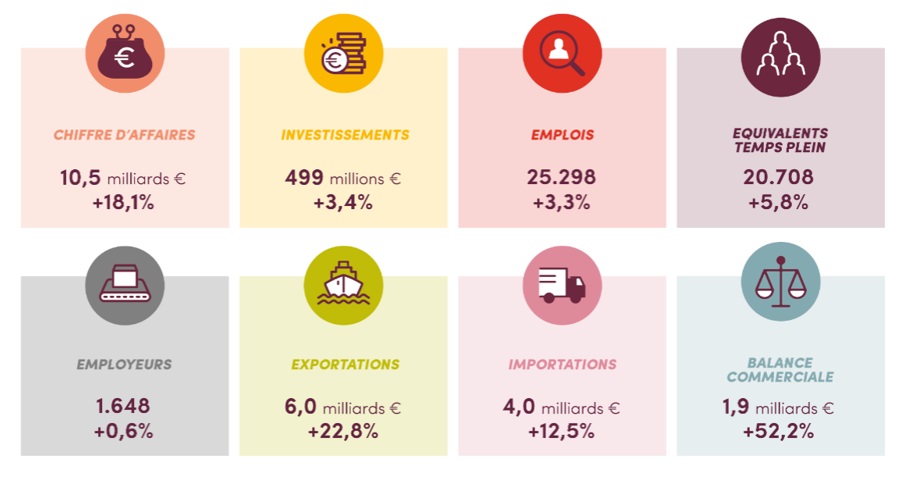
Agri-food is one of the flagship sectors in Wallonia’s regional economy: in 2022 it represented €10.5 billion in turnover, including €6 billion in exports, and €499 million of investments. It is the second manufacturing sector in terms of value added in industry, behind pharmaceuticals. The agri-food industry is also the largest industrial employer in Wallonia, accounting for 25,298 direct jobs in the processing and 19,000 jobs in the agriculture sector.[1]
Wallonia’s agri-food industry is truly a sector of small and medium-sized enterprises (SMEs). Indeed, 95% of business units have fewer than 50 employees (and 57% of companies, including many small-scale bakeries, even have fewer than five employees). In terms of employment, these ‘small’ SMEs account for 41% of all jobs in the food industry in Wallonia.
Main protagonist of Wallonia’s agri-food industrial ecosystem is the Wagralim Competitiveness Cluster, whose mission is “to accelerate value creation in Walloon companies in the agri-food sector through innovation, partnership and openness to the world”.
[1] See https://www.fevia.be/fr/file/26944/download?token=UR_wPtV5
WAGRALIM Competitiveness Cluster
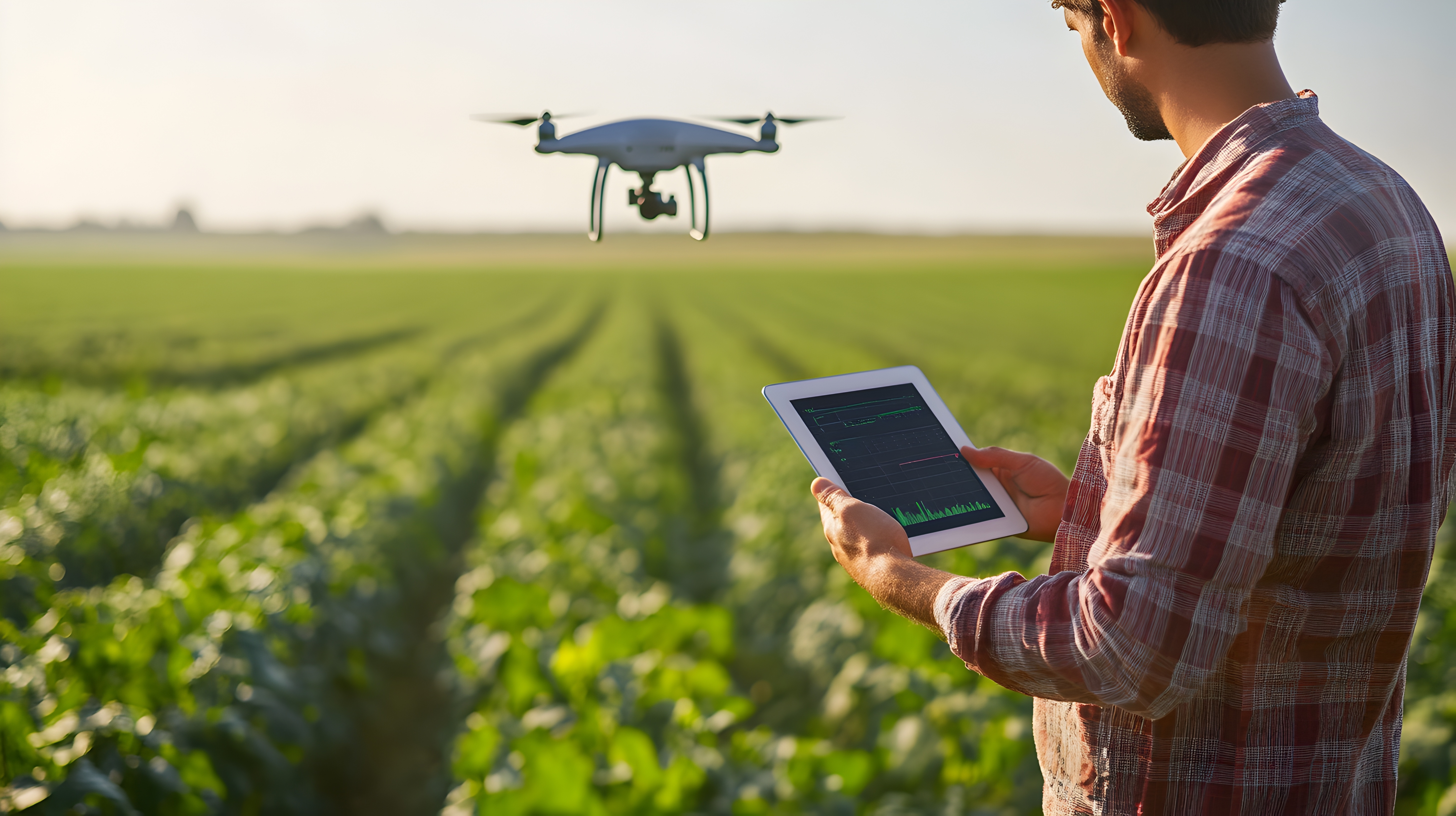
Wagralim is a competitiveness cluster designed to accelerate the growth of companies active in the agri-food industry in Wallonia. It brings together economic and scientific players alongside training centres to achieve critical mass in its field. Founded in 2006 as a non-profit association, Wagralim is one of the 6 competitiveness clusters aimed at supporting innovation, collaboration and internationalisation of the sector that contribute positively to the economic activity and employment in strategic areas for Wallonia.
Wagralim just celebrated its 300th member; they all come from different categories, namely industry (including Large Enterprises, Small and Medium Enterprises, as well as start-ups), research (5 universities, 11 research institutes), 3 training and education providers and 3 intermediaries. The cluster management team consists of 16 well-qualified staff members (15.80 full time equivalents (FTE)), while the governance is entrusted to a Board of Directors composed of five members elected by the Members’ Assembly. Funding for the cluster organisation is generated through multiple sources: public basic funding for classical cluster missions (32%); public funding for specific public missions assigned by the regional government to the cluster (i.e. S3 coordination work) (24%); membership fees and private services (29%); and project funding both at regional level and EU level (16%).
Work of the cluster management is based on a 2023 cluster strategy covering three strategic activity domains:
- Facilitating an interconnected and sustainable agri-food system
- Working towards an efficient and transparent industry
- Focusing on nutrition and the consumer
Wagralim carries the BRONZE label of the European Cluster Excellence Initiative (ECEI) and is actively used by the regional government in the i) coordination of the Strategic and Technological Roadmap of the regional Food System by 2035, ii) the coordination of the Strategic Innovation Domain 5 related to agri-food chains in the regional S3 strategy, and iii) in the coordination of the Agri-Food Value Chain of the Circular Wallonia strategy.
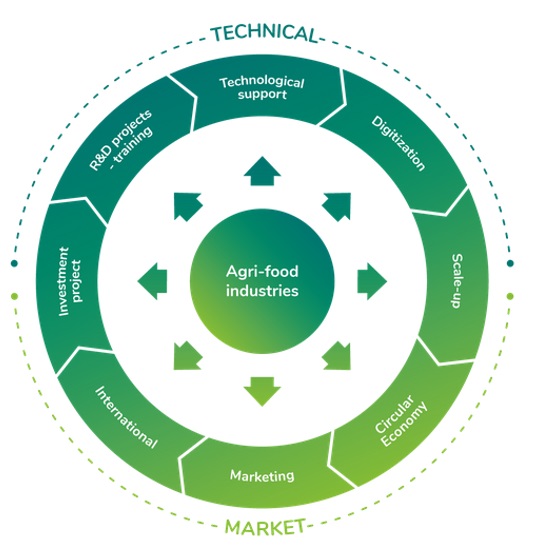
Digital and green industrial transition are core objectives of the cluster initiative. In order to achieve these goals, the cluster management expanded its service portfolio to the below set of targeted support activities.
Since its founding in 2006, Wagralim has established itself as a key-stone actor within Wallonia’s industrial ecosystem. As regards digitalisation, the cluster is fully dedcated to fostering the uptake of digitalisation in the companies of the regional agri-food ecosystem. All services to the cluster members integrate the questioning and the status of digital maturity of the respective company. Moreover, all R&D, training and investment projects integrate a digitalisation evaluation; if relevant, a specific working package is dedicated to the digitalisation issue. Wagralim is active both at regional and European levels in funded projects related to specific digitalisation objectives, in particular, projects of Wallonia’s digital transformation agency Agence du Numérique (AdN) as well as projects under different EU policy programmes, such as I3 and TSSP Agri-Food Partnerships (Smart Sensors For AgriFood). The cluster is also involved, along with the Walloon Federation of the Food Industry (Fevia Wallonie) in diverse regional programmes dedicated to the digitalisation of food companies (Factory of the Future programme).
As regards green transition, Wagralim is fully committed to and involved in fostering Circular Economy into the regional food system. The cluster assigned one full project manager for the coordination of the agri-food value chain under the regional circular economy strategy “Circular Wallonia” with different concrete measures focusing on the valorisation of agri-food side streams, the optimisation of the pea protein value chain in Wallonia, innovations in the field of water management in food companies, or the integration of circularity in food packaging management. An additional 1.5 project managers are assigned to the lead European projects related to circular economy principles, such as CBE Mixmatters (Joint Undertaking); I3 Biotech4Food and COSME B-Resilient. Moreover, every animation of the ecosystem by Wagralim through taskforces, workshops, seminars or webinars is driven by circular economy principles. Finally, industrial efficiency is one of Wagralim’s three strategic activity domains.
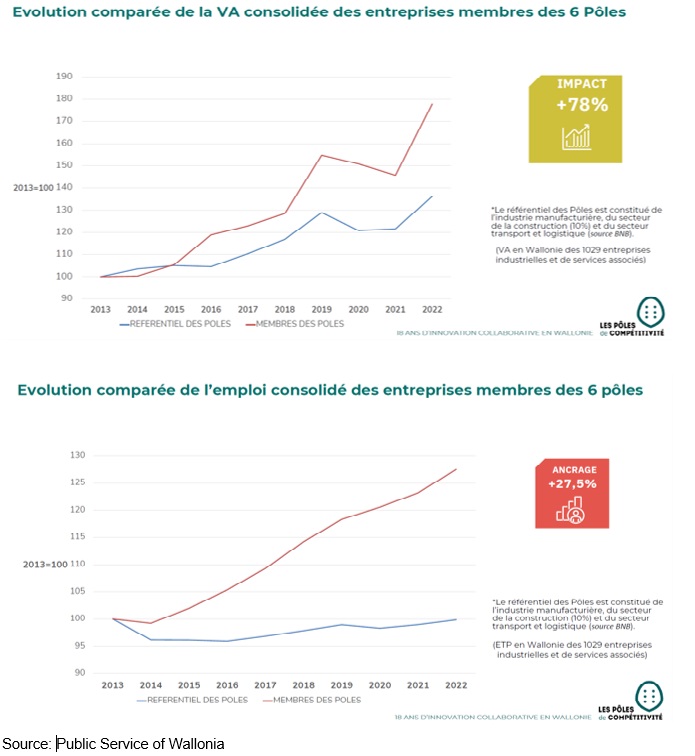
Wagralim plays an important role in the increase of EU participation of regional stakeholders from the agri-food industry. In order to do so, the cluster implemented a new internationalisation strategy in 2018, strengthening:
- the outreach to EU agri-food clusters, networks and partnerships and identification of relevant and reliable partner organisations for joint European innovation projects;
- the participation in calls with “cascade funding” opportunities to directly support Wagralim’s member companies;
Today, Wagralim leads a specific S3 Community of Practice (S3 CoP) partnership in the field of “Ingredients for a Circular Economy” (I4CE) in the EU’s Thematic Smart Specialisation Platforms (TSSP) in AgriFood and is an active partner in two other TSSP partnerships: “Smart Senors for AgriFood” and “Food Packaging”. In addition, Wagralim leads and participates in several European projects related to circular economy principles, such as CBE Mixmatters (Joint Undertaking); I3 Biotech4Food and COSME B-Resilient. Wagralim is also a member of EIT food and the European Partnership for a sustainable Future of Food Systems (FutureFoodS). The significant increase of the number of partnerships and projects at the European level with a total of 14 funded projects reaching €52 million and more than €5 million dedicated to cascade funding opportunities is a real success story both for the Walloon region and for the regional agri-food ecosystem.
More general, since their founding in 2006, Wallonia’s six competitiveness clusters initiated and/or participated in more than 570 collaboration projects out of which 64 projects were European innovation projects. In terms of value added and employment, a recent evaluation of cluster policy in Wallonia revealed how member companies of the six competitiveness clusters outdo their non-organised peers (see charts above).
Lessons Learned and Transferability
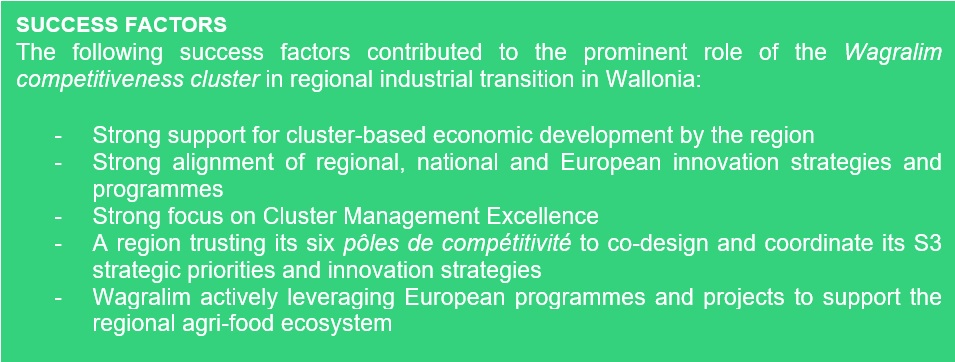
The Wagralim Competitiveness Cluster has established itself as a key-stone actor within Wallonia’s innovation ecosystem. The cluster is actively used by public authorities to facilitate regional industrial transition. Since its establishment in 2006, the cluster, in close collaboration with the region’s five other pôles de compétitivité, actively contributed to the evolution and implementation of Wallonia’s regional innovation strategies and initiated various innovation projects with a particular focus on circular economy and digitalisation. One particular feature of Wagralim’s numerous activities is a strong focus on cascade funding opportunities, so that the cluster can bring public funding at the European level back to the regional level where member companies can test specific innovations and attract private investment.
The case of Wagralim and the Wallonia region highlights the important role of policy support for cluster-based economic development at the regional level. Moreover, it shows the benefits of involving well-managed cluster organisations in the design and implementation of regional innovation strategies. The case also demonstrates how clusters can be used to facilitate green and digital industrial transition by exploiting the potential of a targeted and innovative service portfolio. Finally, the case underlines the relevance of international engagement and partnering in European research and innovation projects.